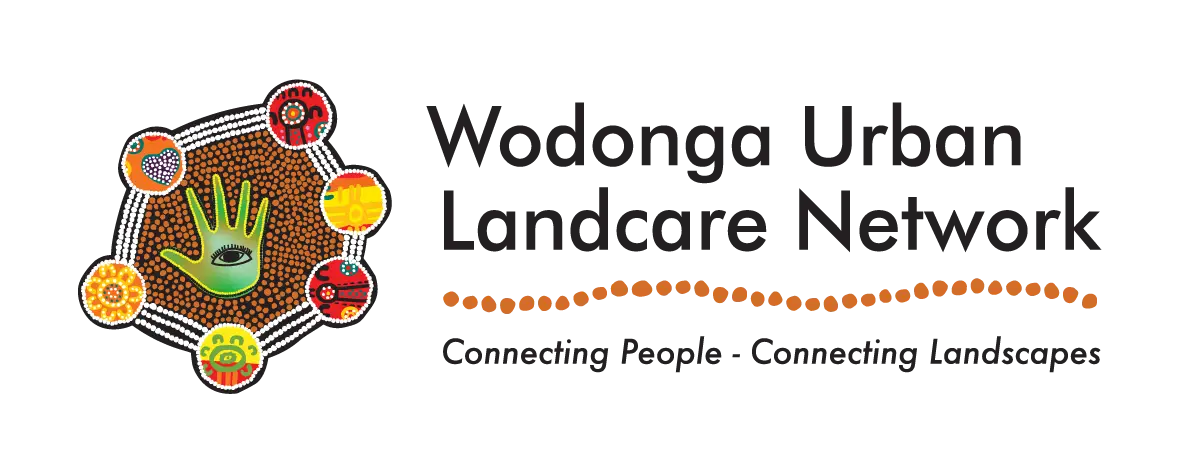10 April 2020
Looking for way to get some fresh air and take your mind off coronavirus for a little while?
Join in the Wild Pollinator Count from home this week to connect with nature and get to know some of the smaller visitors to your garden or neighbourhood.

We were planning to run a public Wild Pollinator Count event in Wodonga, but that hasn’t been possible. Instead, WULN project officer Karen Retra has created some video resources to encourage you to join in from home.
Here’s your invitation to join the count (video, 5 minutes):
And for those who missed Karen’s talk at the spring network meeting, in the longer video below Karen discusses the diversity of insects you may see visiting flowers at your place. She also has tips for identifying the insects for a Wild Pollinator Count survey.
The Wild Pollinator Count project asks you to watch a flowering plant for ten minutes this week (12 to 19 April, 2020) and report the insects that visit.
- You don’t need to be an insect expert
- You don’t need fancy gear
- You may be surprised by what you see!
It’s not only honey bees that are important pollinator insects. There are many other species also on the job, but our knowledge of them is often limited. You can help by looking out for them at your place.
Find out how to count pollinators in the simple categories. We’ll show you how to broadly identify the insects you see and then submit your observations on our website. You can also download and print a tally sheet to complete as you go. Taking and submitting photos of what you see is optional.
You can do one ten-minute count, or do a few counts during the week (in the same or different spots, or on different flowers). Any flowering plant is suitable – native or exotic. If you don’t have a garden perhaps there’s a nearby park you could visit while getting some exercise.
The Wild Pollinator Count is a national citizen science project that began in Albury six years ago. Counts run for a week each autumn (April) and spring (November). The project aims to raise awareness of the many native species of pollinator insects, as well as build a data set of which insects are seen where and on which plants. You can participate from anywhere in Australia.
For more information about the count visit wildpollinatorcount.com.
It would be terrific to see any photos of insects (or flowering plants) you might see.
We’ll pop some on the WULN facebook page, too!


